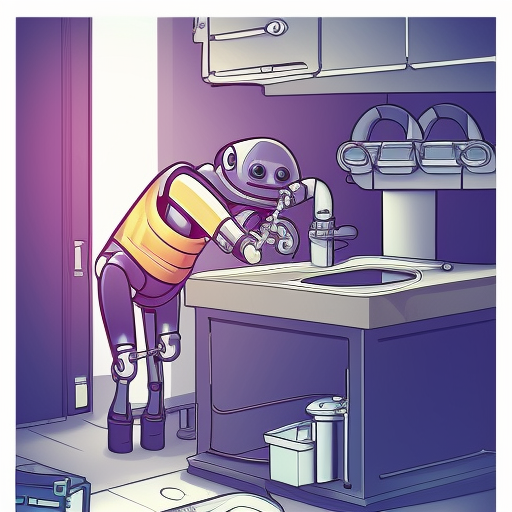
The field of robotics has seen significant advancements over the past few decades, with robots being developed for a wide range of applications, from manufacturing and logistics to healthcare and entertainment. However, creating a robot capable of fully substituting for and replacing a plumber, including all of their job duties and responsibilities, remains a complex challenge. Such a robot would need to be highly versatile, able to navigate complex environments, interact with a wide variety of tools and materials, diagnose and repair various plumbing issues, and adapt to unforeseen situations.
Will a robot be created that can fully substitute for and replace a plumber, including all of their job duties and responsibilities, before January 1st, 2040?
Resolution criteria:
This question will resolve to "YES" if, before January 1st, 2040, a robot is publicly and credibly documented to have:
Demonstrated the ability to autonomously navigate complex residential and commercial environments, including:
a. Identifying and avoiding obstacles.
b. Climbing stairs and ladders.
c. Accessing confined spaces and working at various heights.
d. Adapting to different lighting conditions and surfaces.Exhibited proficiency in using a wide range of plumbing tools and materials, such as:
a. Pipe wrenches, pliers, and pipe cutters.
b. Soldering equipment, pipe threading machines, and pressure testing devices.
c. Pipes, fittings, and valves made from various materials (e.g., copper, PVC, PEX, brass).Shown the ability to diagnose and repair a variety of plumbing issues, including:
a. Leaking or burst pipes.
b. Blocked or slow-draining pipes.
c. Malfunctioning fixtures (e.g., faucets, toilets, showers).
d. Water heater issues, such as thermostat malfunctions or sediment buildup.
e. Gas line issues, including leaks and proper venting.Demonstrated the ability to install and replace plumbing systems and components, such as:
a. Water supply and drainage systems.
b. Bathroom and kitchen fixtures.
c. Water heaters and boilers.
d. Gas lines and appliances.
e. Backflow prevention devices.Exhibited the ability to communicate effectively with clients and interpret their needs, including:
a. Understanding and responding to verbal and non-verbal cues.
b. Providing clear explanations of plumbing issues and proposed solutions.
c. Generating accurate cost estimates and timeframes for repairs or installations.Adapted to unforeseen situations, such as:
a. Encountering unfamiliar plumbing systems or components.
b. Managing unexpected complications during a repair or installation.
c. Adjusting to changes in the client's needs or preferences.
A successful demonstration must be accompanied by:
A publicly accessible report or documentation describing the robot's design, capabilities, and performance in various plumbing tasks.
Independent validation of the robot's performance by at least two separate entities with expertise in robotics, plumbing, or related fields. These entities can be research groups, institutions, or companies.
The successful deployment of the robot in real-world plumbing scenarios, with documented evidence of its ability to perform tasks comparable to human plumbers in terms of quality, efficiency, and client satisfaction.
I will use my discretion when resolving this question, possibly in consultation with experts.